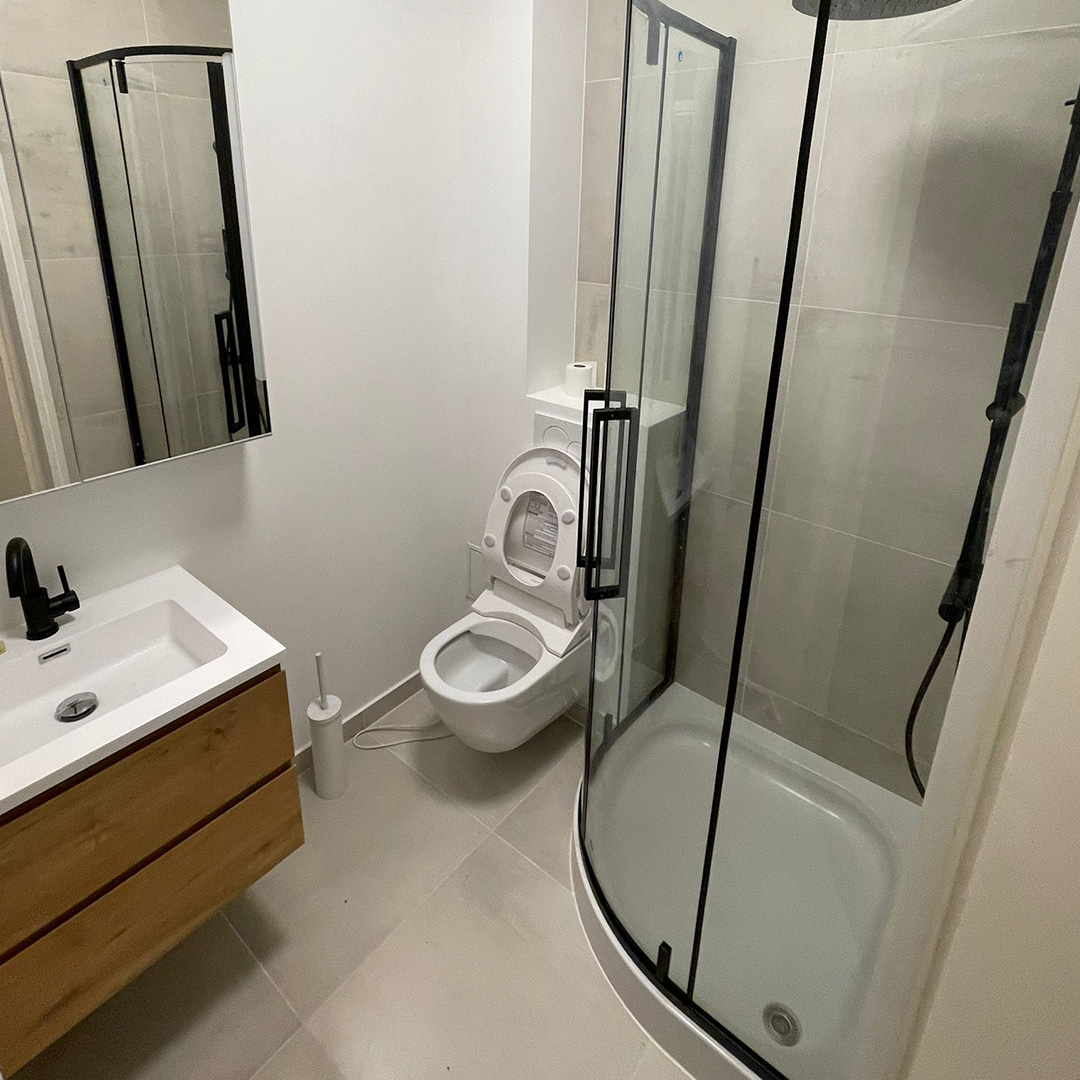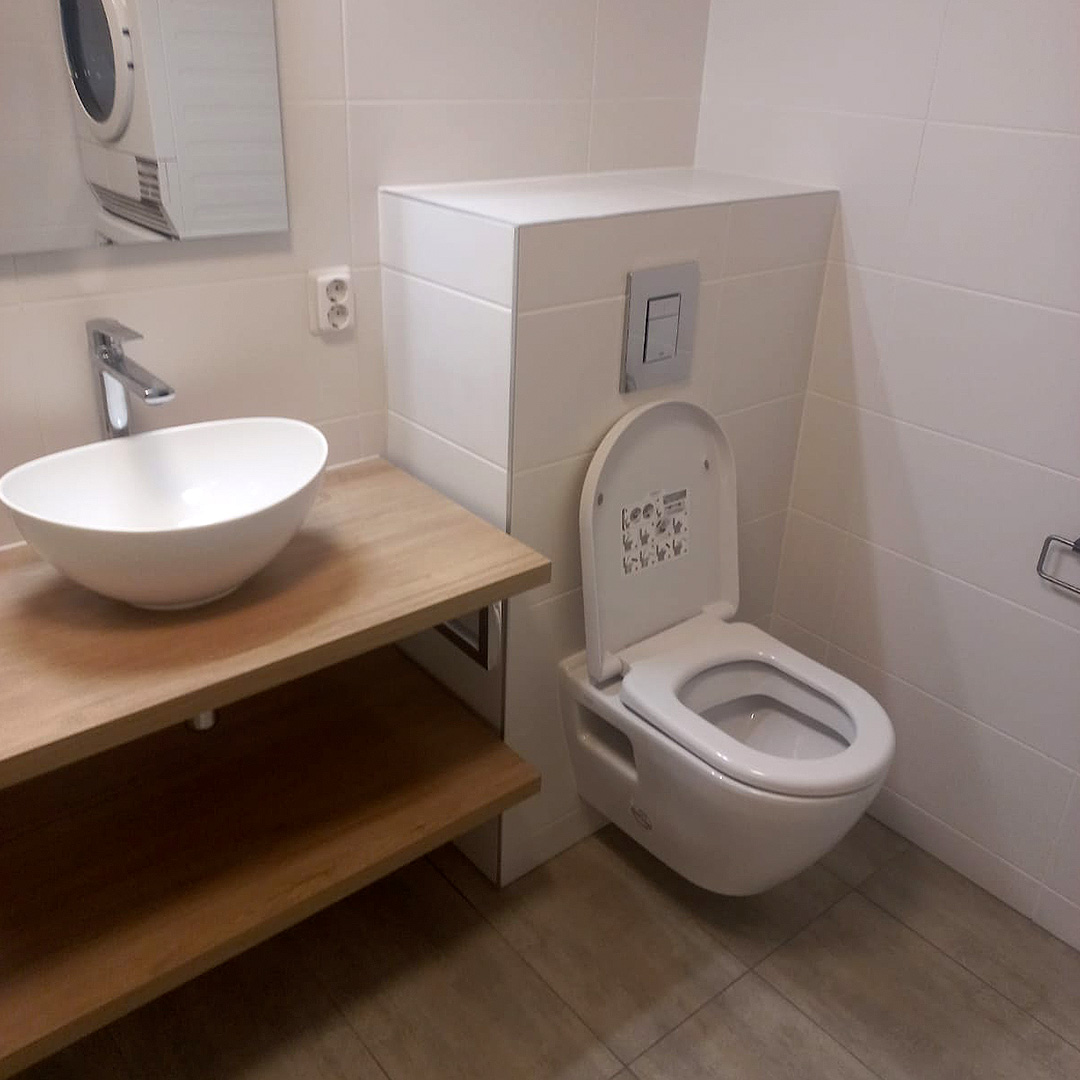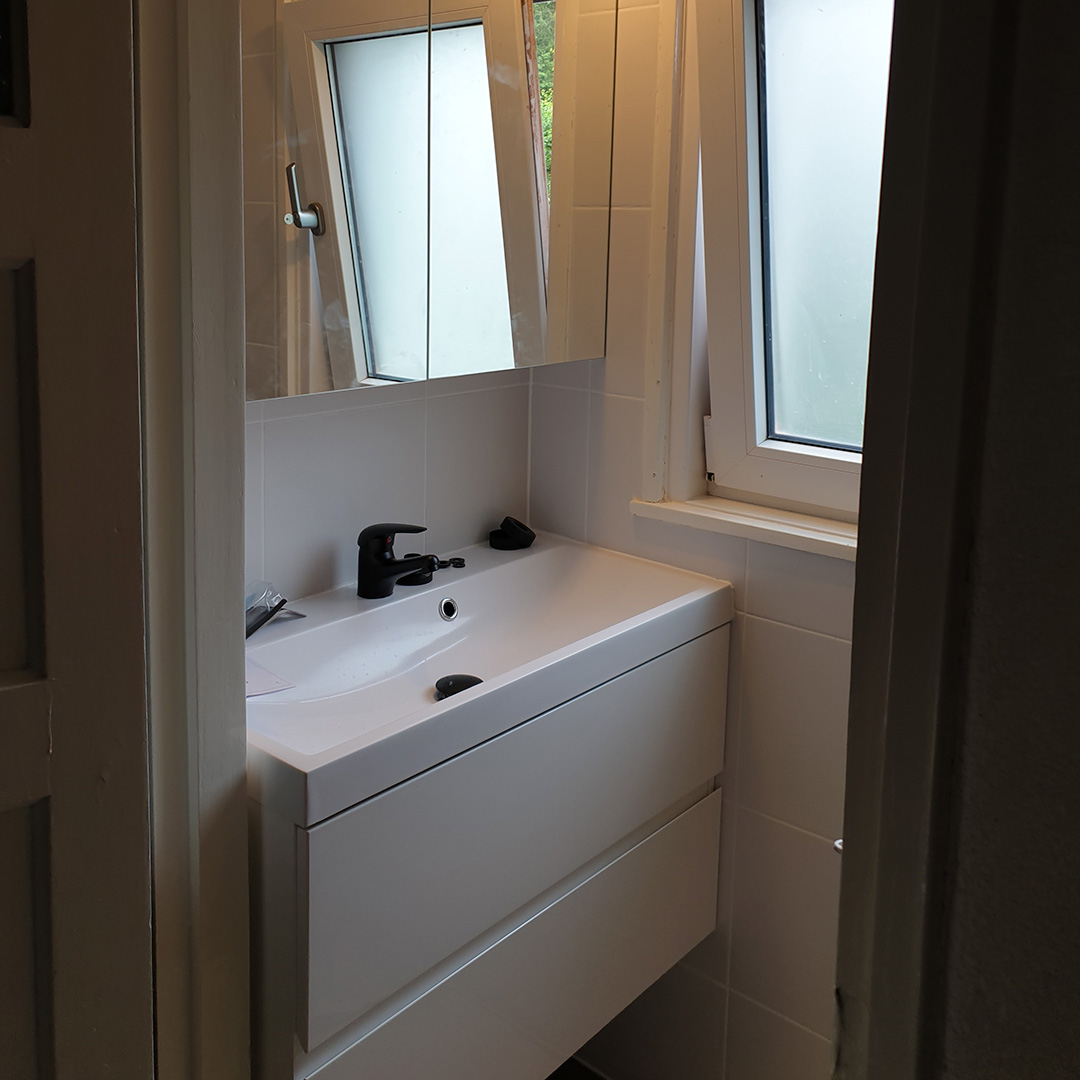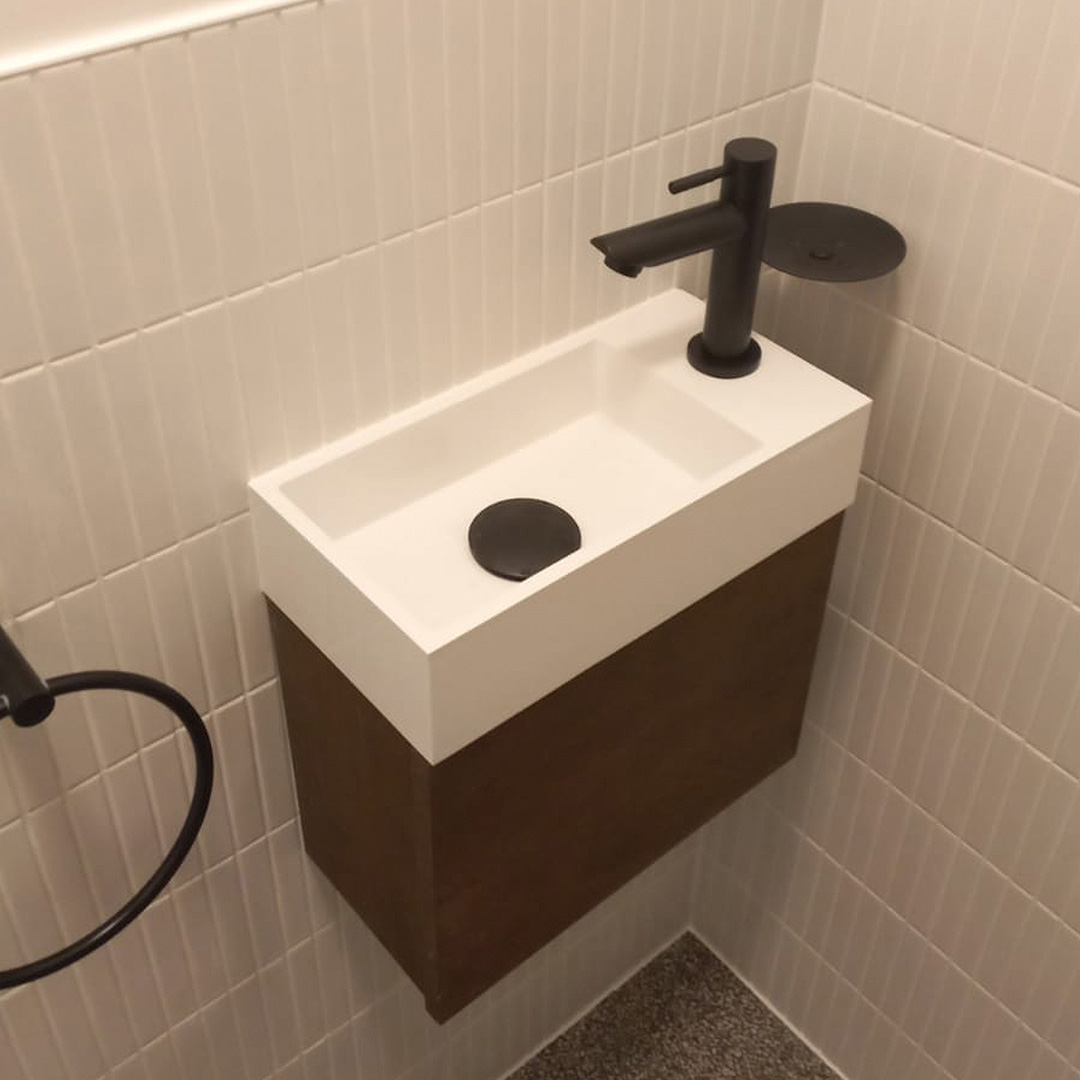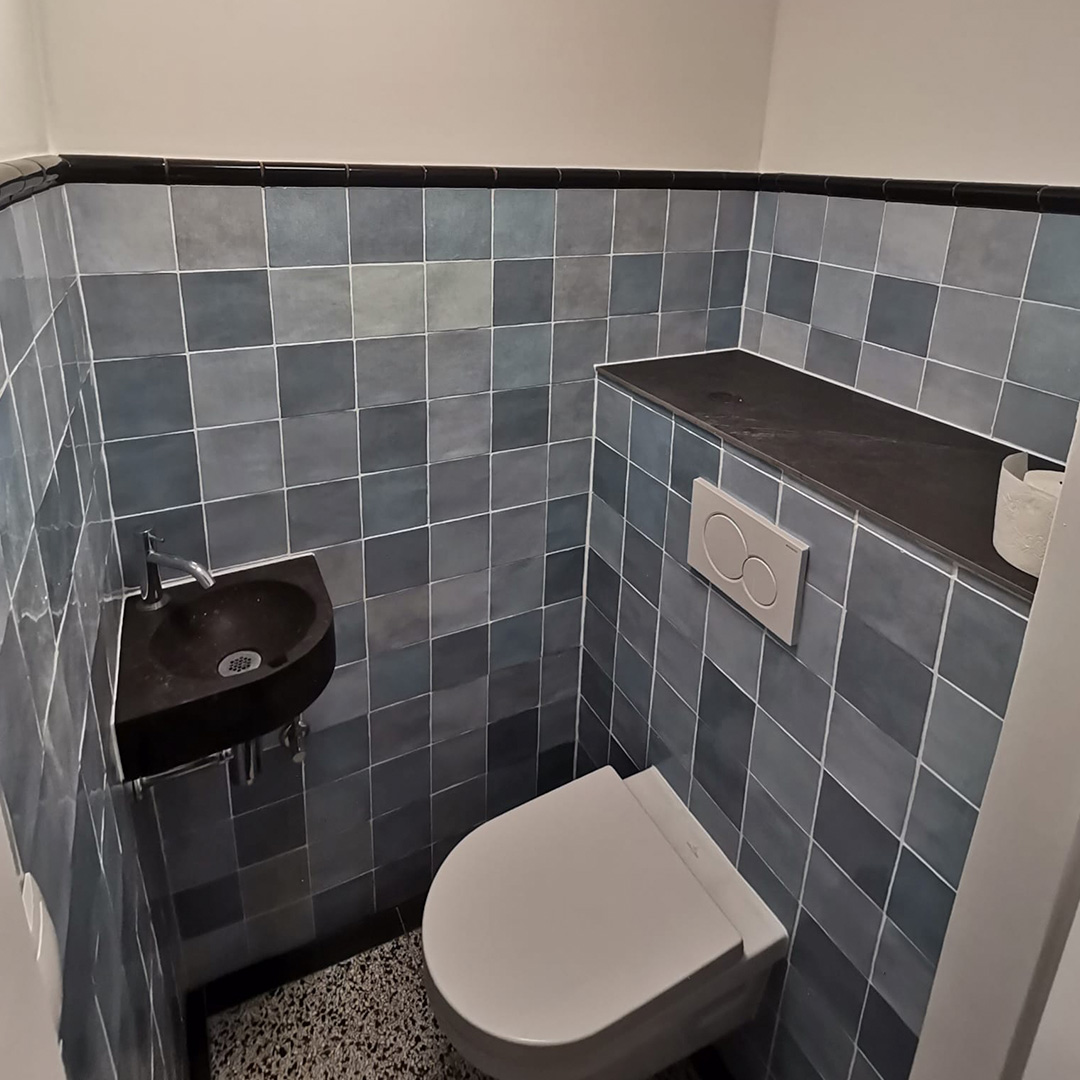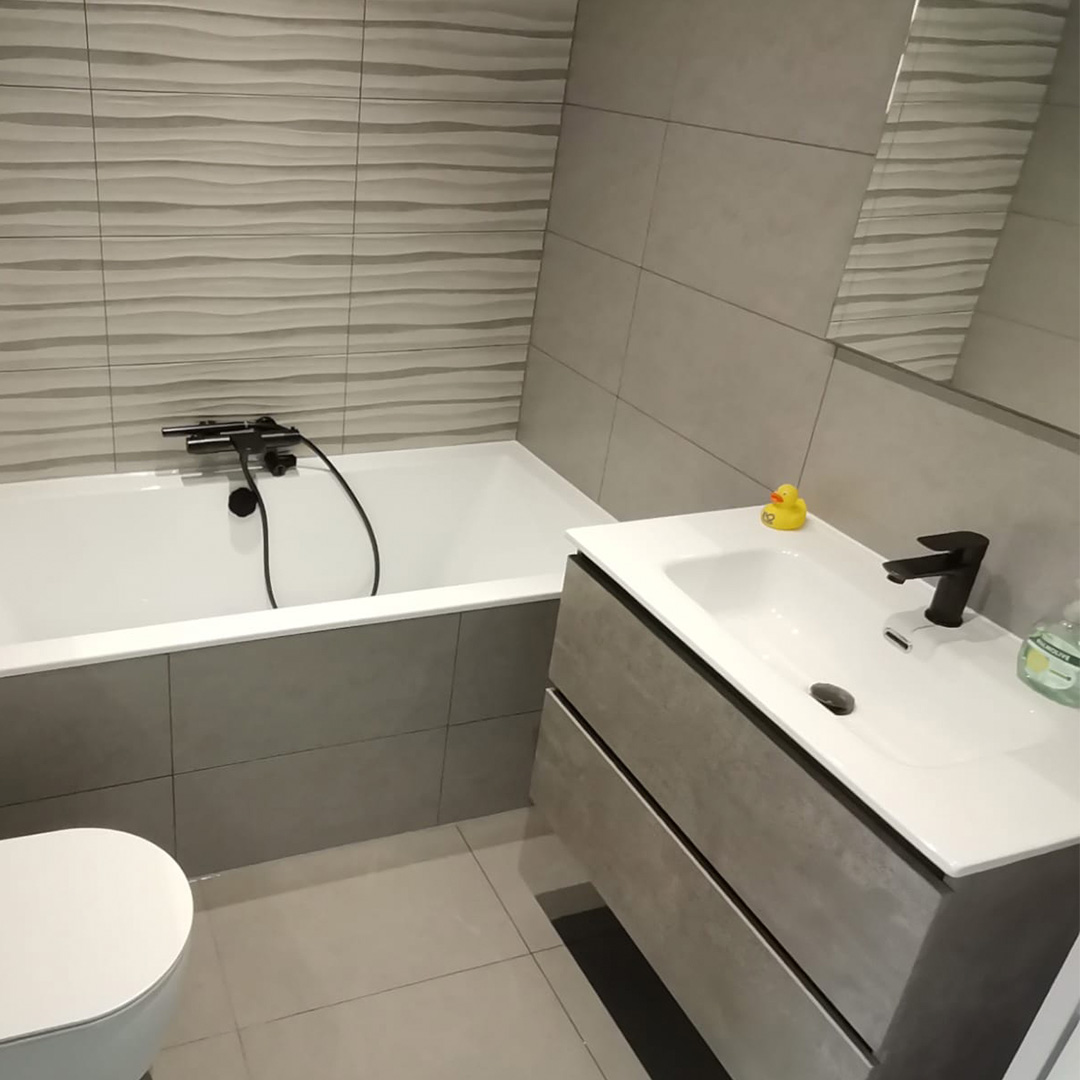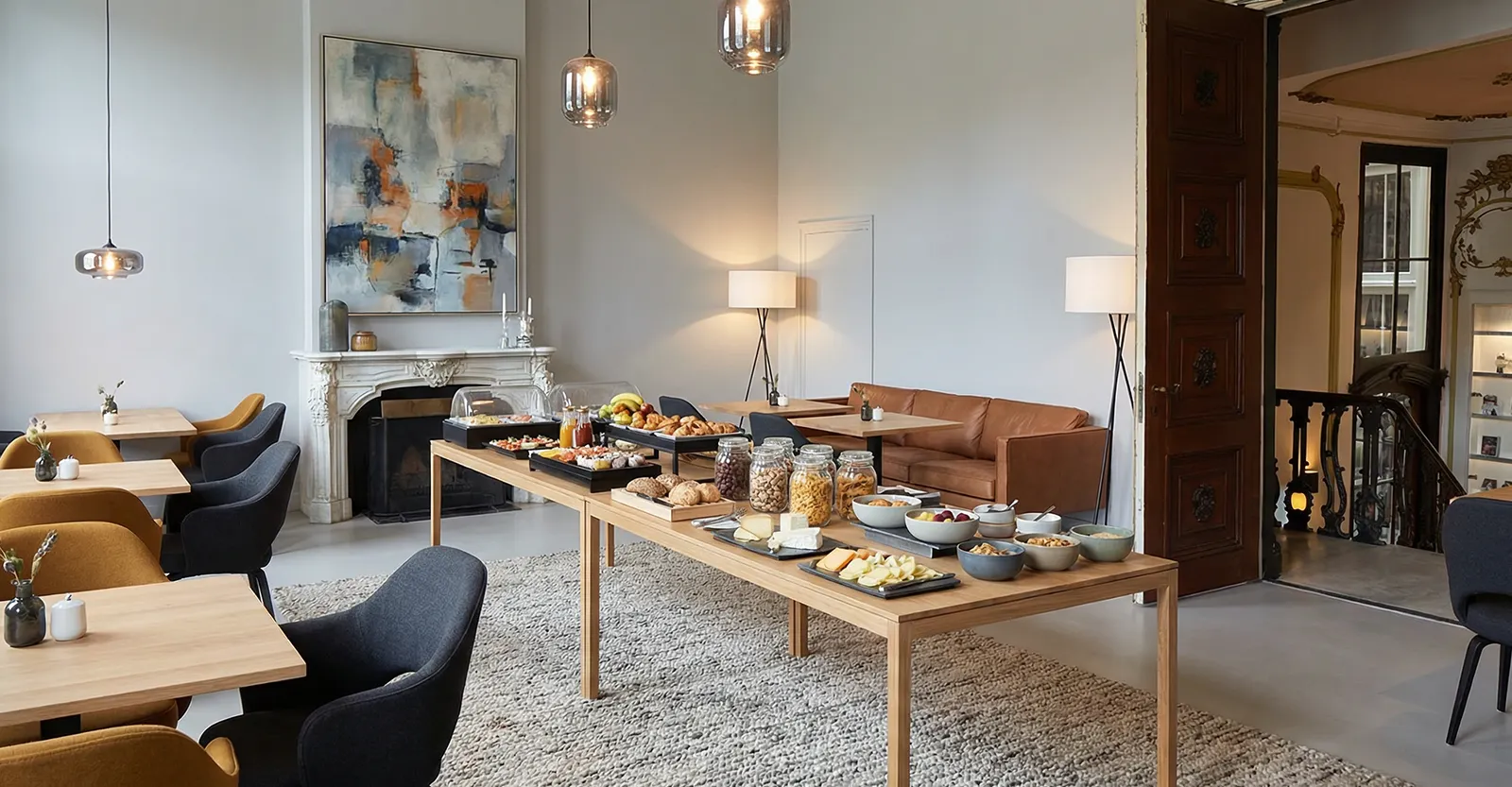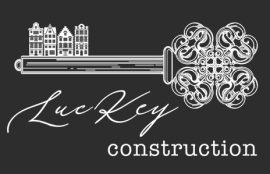Urban areas continue to expand, and cities worldwide face significant challenges related to sustainability, climate change, and urbanization. In the Netherlands, a country known for its innovative approach to environmental issues, one solution is becoming increasingly popular: green roofs. These eco-friendly installations are transforming the urban landscape, offering numerous benefits for both city dwellers and the environment. Green roofs are more than just a beautiful addition to buildings—they are a vital part of urban sustainability and climate adaptation strategies. Let’s explore why green roofs are becoming a growing trend in Dutch urban development.
What Are Green Roofs?
A green roof, also known as a living roof, is a roof that is partially or completely covered with vegetation. Instead of traditional roofing materials like tiles or asphalt, green roofs incorporate a layer of soil and plants supported by a waterproof membrane to protect the building. These roofs can range from simple sedum-covered surfaces to more complex, park-like spaces with trees, bushes, and walkways.
- Extensive Green Roofs: These are lighter and typically consist of shallow soil layers that support low-maintenance plants like mosses, succulents, and grasses.
- Intensive Green Roofs: These are more elaborate, often resembling a rooftop garden with deeper soil, larger plants, and even trees, requiring more maintenance and structural support.
Regardless of the type, green roofs are gaining popularity in the Netherlands for their ability to integrate nature into urban settings, addressing both environmental and social challenges.
Green Roofs and Urban Sustainability
Green roofs play a key role in promoting urban sustainability. As Dutch cities become more densely populated, finding ways to make urban areas more environmentally friendly is crucial. Green roofs provide several sustainability benefits that contribute to a more livable urban environment.
- Improved Air Quality: The plants on green roofs help filter pollutants from the air, improving overall air quality in cities. This is particularly beneficial in high-density areas where pollution is a concern.
- Energy Efficiency: Green roofs provide natural insulation, helping buildings retain heat in the winter and stay cooler in the summer. This reduces the need for heating and cooling, resulting in lower energy consumption.
- Urban Biodiversity: By providing a habitat for birds, insects, and other wildlife, green roofs contribute to increased biodiversity in cities. These green spaces provide a haven for nature in an urban setting where concrete and asphalt predominate.
In a country like the Netherlands, which prioritizes sustainability, green roofs are becoming a staple in new urban developments and renovation projects. They align with the country’s goals for reducing carbon emissions and promoting greener, more sustainable cities.
Climate Adaptation: A Solution for Flooding and Heatwaves
Climate change has brought new challenges for cities, particularly in managing flooding and extreme temperatures. With its low-lying geography, the Netherlands is particularly vulnerable to rising sea levels and heavy rainfall. Green roofs offer a practical solution to these climate-related challenges.
- Stormwater Management: One of the key benefits of green roofs is their ability to absorb rainwater. Instead of water running off impermeable surfaces and overwhelming drainage systems, green roofs can retain water, reducing the risk of flooding in urban areas.
- Reducing the Urban Heat Island Effect: Cities tend to be warmer than their rural surroundings due to the heat-absorbing properties of buildings and roads. Green roofs help mitigate this effect by providing a cooling layer of vegetation that absorbs less heat than traditional roofing materials.
By addressing both flooding and overheating, green roofs play a critical role in helping Dutch cities adapt to the impacts of climate change, making them more resilient to extreme weather events.
The Role of Green Roofs in Building Design
Green roofs are not just an environmental solution; they are also becoming popular in modern building design. Architects and urban planners are increasingly incorporating green roofs into their designs as a way to enhance the aesthetic appeal of buildings while providing functional benefits.
- Design Flexibility: Green roofs can be customized to suit a variety of building types, from residential homes to large commercial properties. This flexibility allows architects to integrate greenery into their designs in creative ways.
- Aesthetic Appeal: A green roof adds a natural, attractive element to buildings that can make them stand out in the urban landscape. This is particularly appealing in cities where green spaces are limited.
- Enhancing Property Value: Properties with green roofs are seen as more desirable, especially in cities where sustainability is a priority. A green roof can increase the value of a building by improving energy efficiency, enhancing aesthetics, and contributing to a healthier living environment.
As sustainability becomes a key consideration in building design, green roofs are likely to become an even more common feature in urban architecture, helping Dutch cities combine functionality with environmental responsibility.
Government Support and Incentives
The Dutch government has been actively promoting green roofs through various incentives and subsidies. Local municipalities are offering financial support to homeowners and businesses that install green roofs as part of broader initiatives to make cities more sustainable and climate-resilient.
- Subsidies: Many cities in the Netherlands, including Amsterdam and Rotterdam, offer subsidies to encourage the installation of green roofs. These financial incentives help cover the cost of installation, making it more affordable for property owners.
- Building Regulations: In some cases, municipalities have incorporated green roofs into building regulations for new developments, ensuring that sustainability is considered from the start of the project.
- Collaboration with Environmental Organizations: The Dutch government often partners with environmental organizations to promote the benefits of green roofs and educate the public on how they can contribute to a greener urban environment.
These incentives are making it easier for homeowners, developers, and businesses to embrace green roof technology, further accelerating its adoption across the country.
Conclusion
The rise of green roofs in Dutch urban development represents a forward-thinking approach to addressing the environmental challenges of modern cities. By improving air quality, managing stormwater, and mitigating the urban heat island effect, green roofs are contributing to more sustainable, livable cities. As climate change continues to impact urban areas, green roofs will play an increasingly important role in helping Dutch cities adapt while enhancing urban design’s aesthetic and functional aspects.
With government support, growing public awareness, and the numerous benefits that green roofs offer, it’s no surprise that this trend is gaining momentum. As the Netherlands continues to lead in urban sustainability, green roofs are sure to be a key component of the future cityscape.

